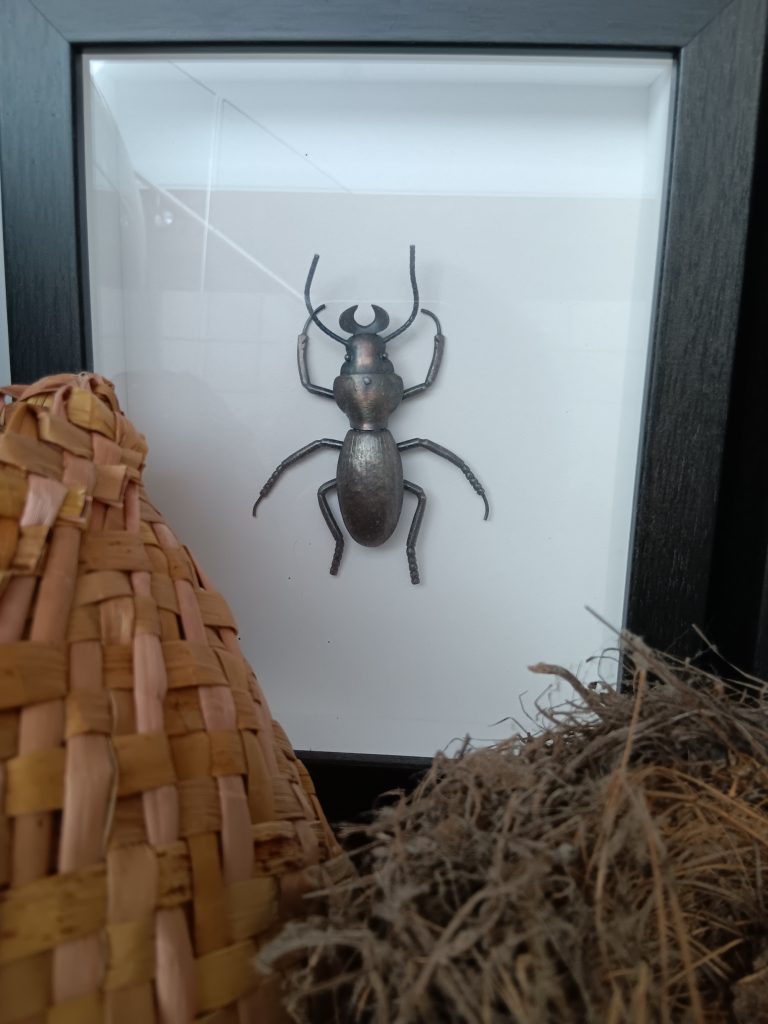
Carabid Beetle


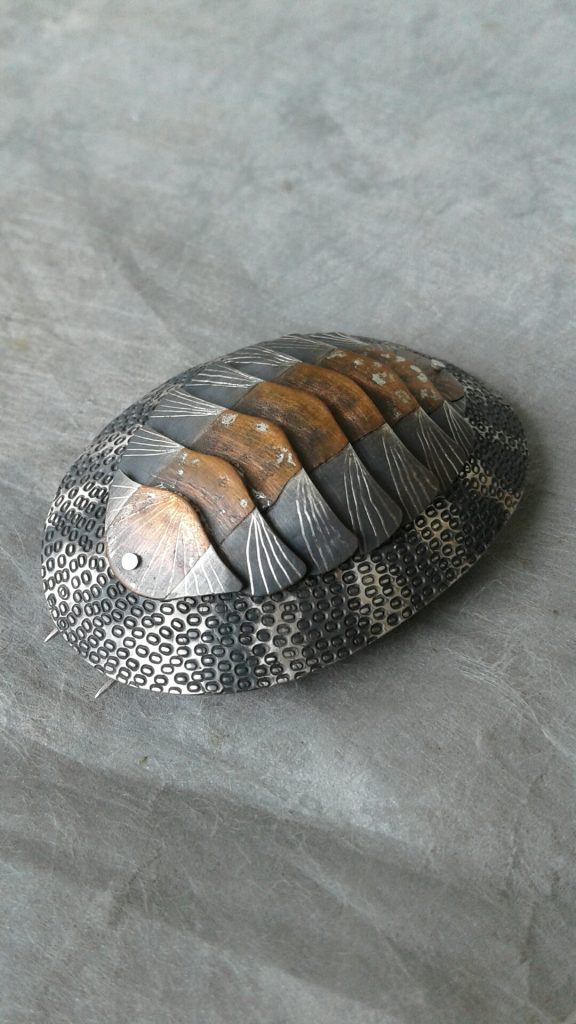
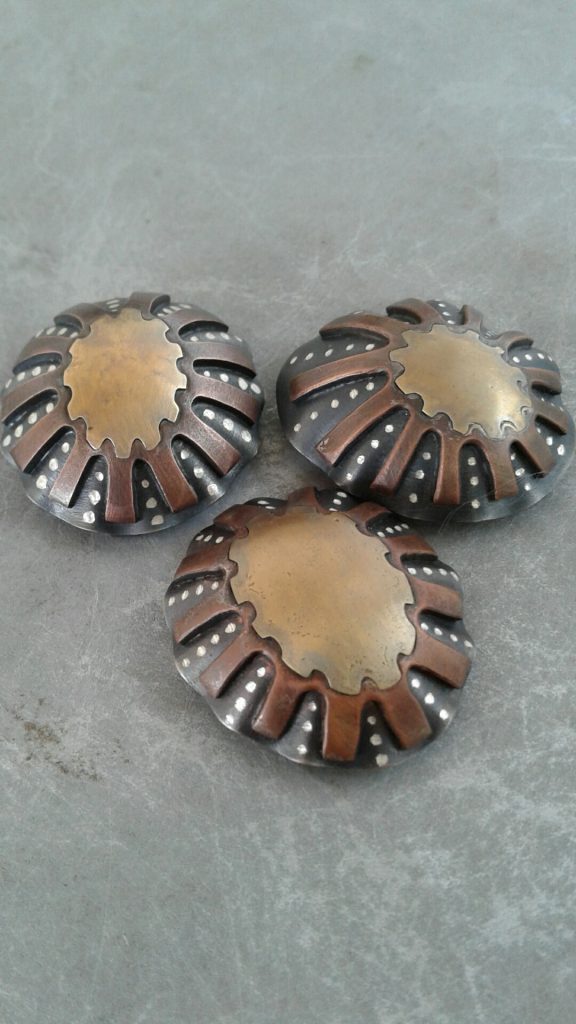
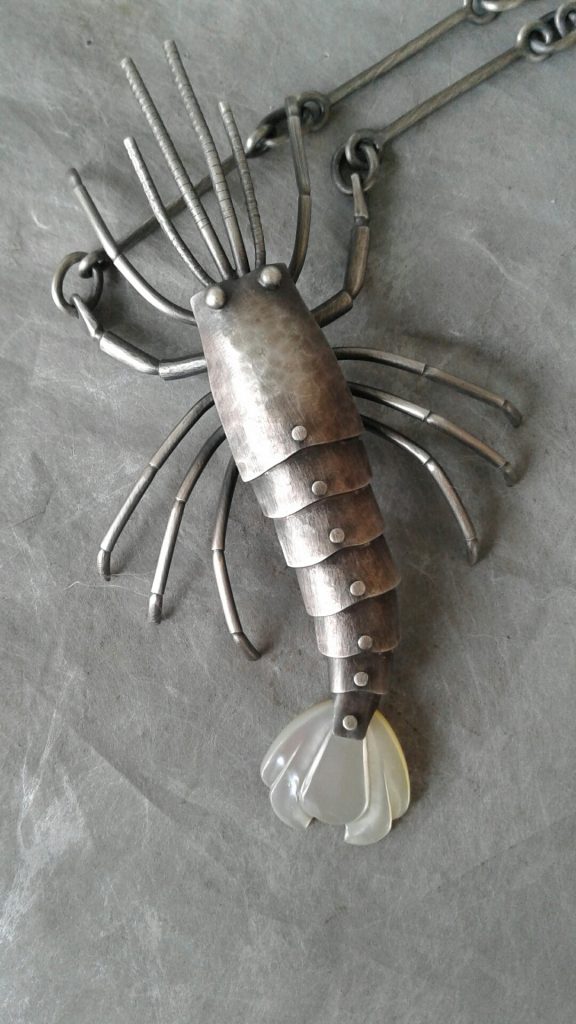
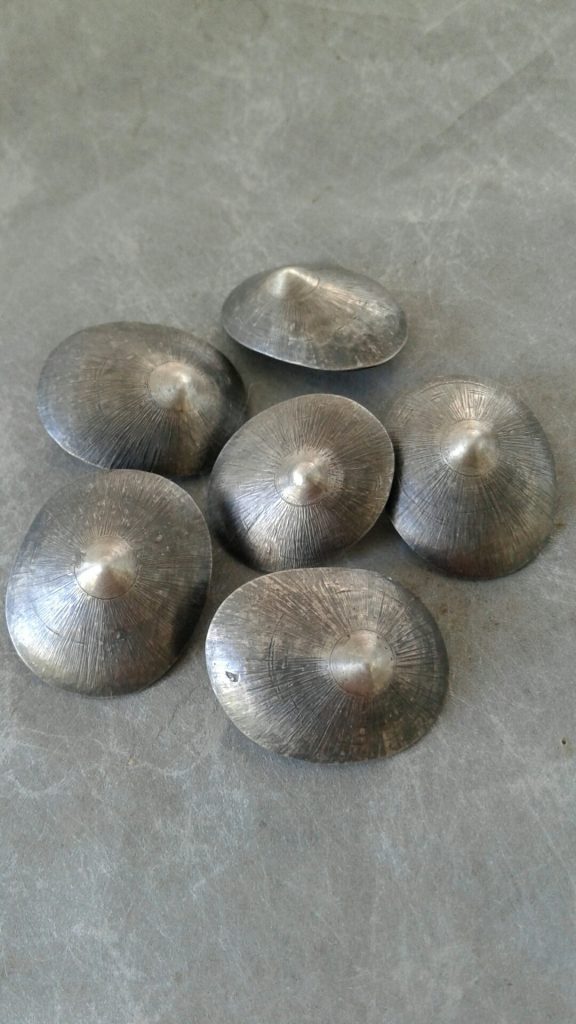
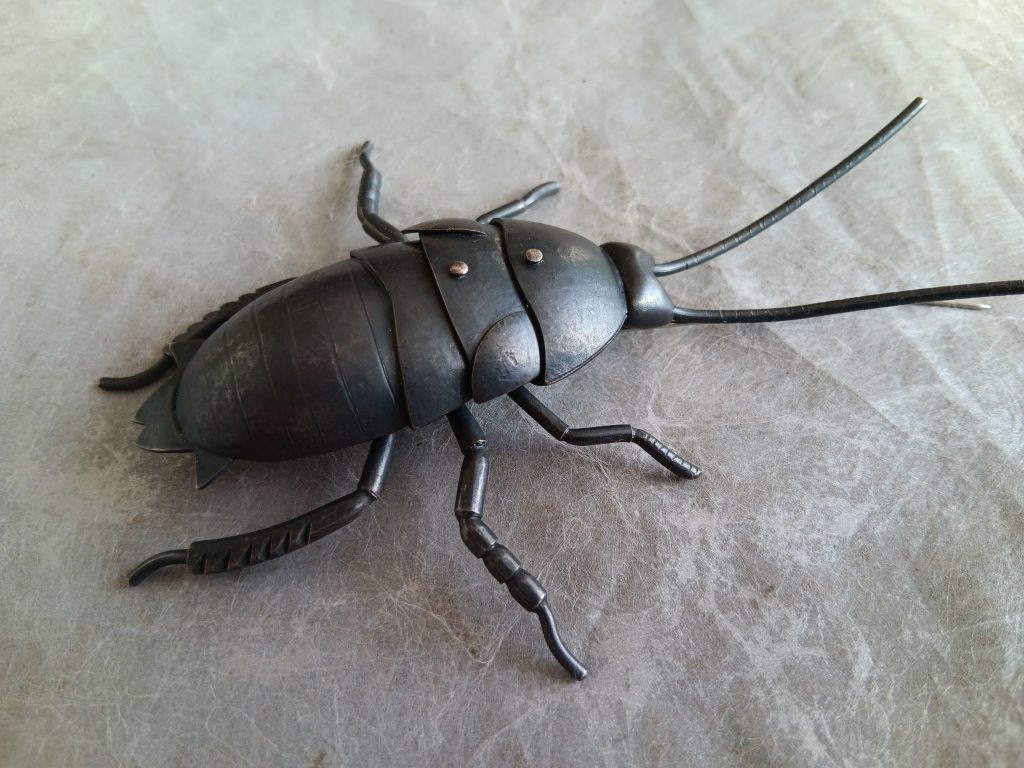
Apologies for the reflected fluorescent light. Many thanks to Karen Carpenter for the backing track, and LW for the commentary.
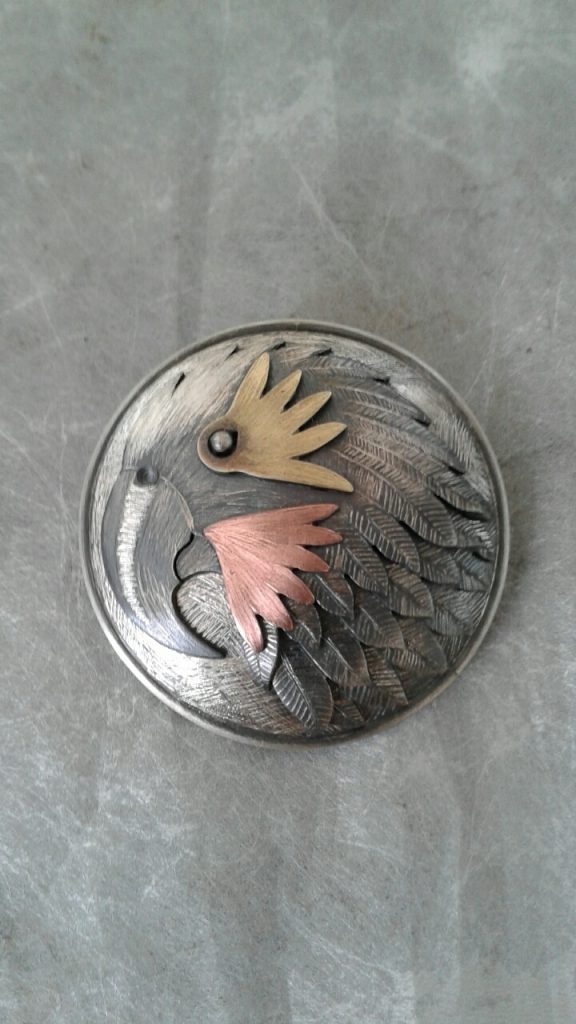
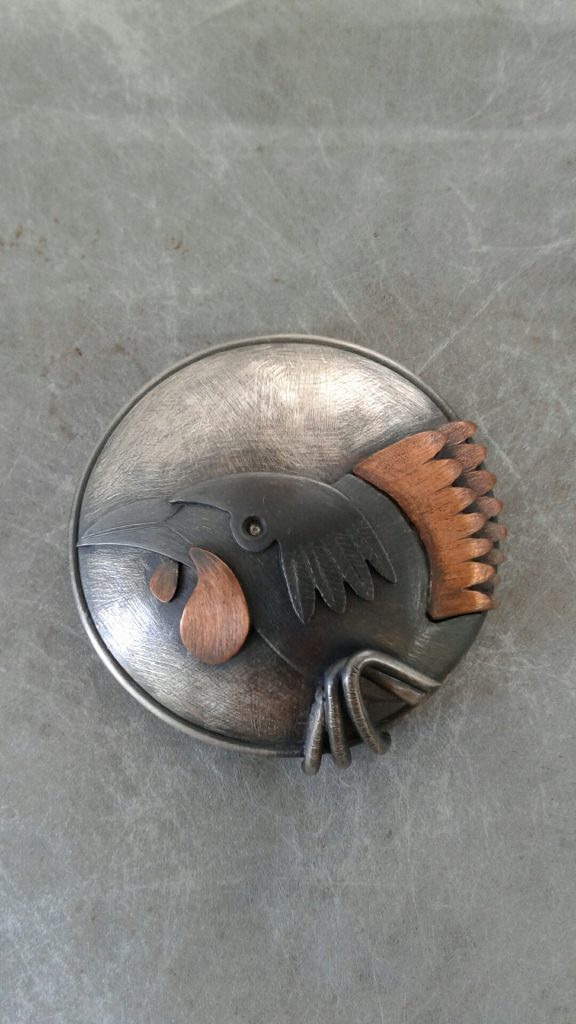
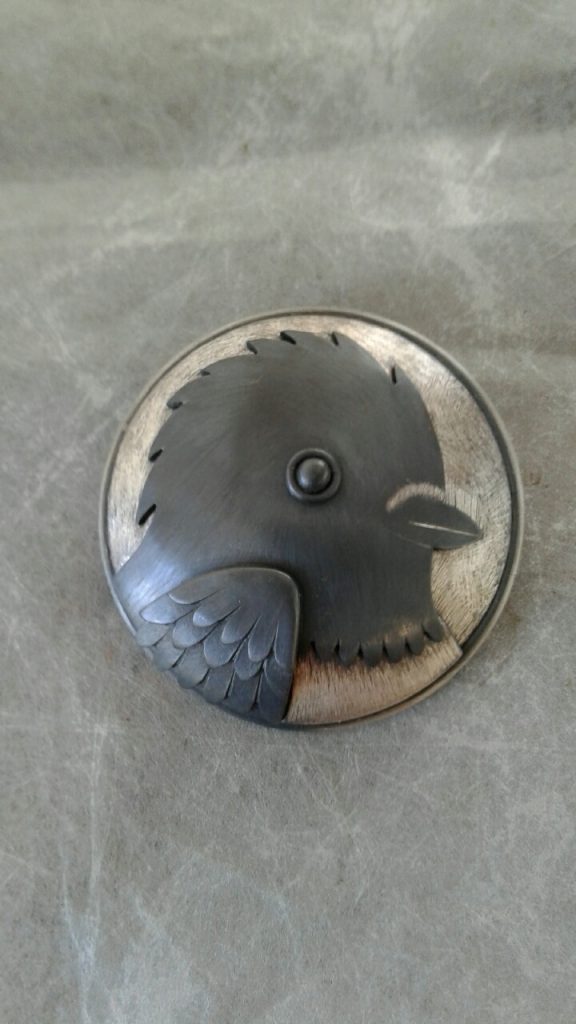
An outraged tui attempts to overwhelm the visiting kaka getting above him, puffing himself up to maximum size, and flapping his wings to make an intimidating noise. The kaka is unperturbed..
Nestor meridionalis, common name, North Island Kaka.
Have you seen this bird??
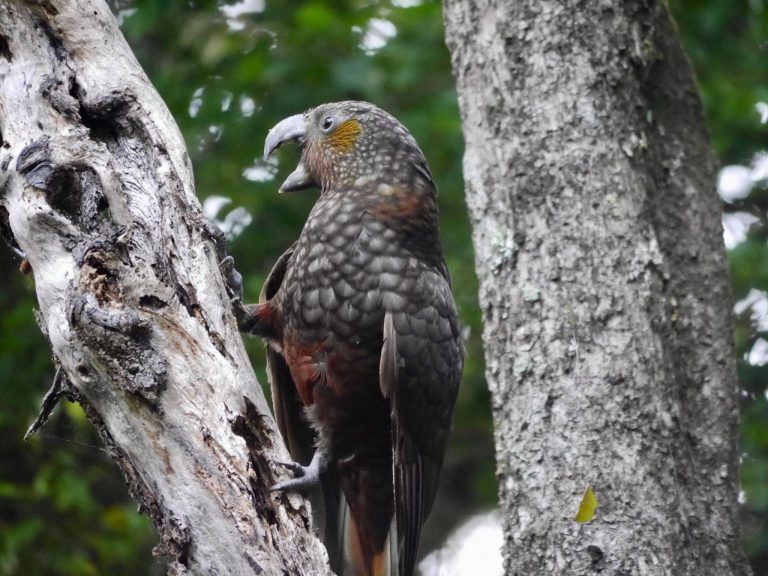
Kaka mugshot thanks to Nikki Graves.
Kaka are brownish/khaki with huge hooked slate coloured beaks, impressive talons, grey feathered heads, a brassy flourish behind their dark button eyes, and a coppery blush on their cheeks. They are impressive fliers, and seen from below you will notice their red underwings. They are often high in the tree tops. Even if you haven’t seen them, you will undoubtedly have heard them; a loud guttural SKRAARKING, or maybe a high fluting noise that sounds almost electronic. Perhaps you’ve heard a curious cackling in the canopy?
The parrots that visit this area are part of a flock associated with Little Barrier. North Island Kaka have been visiting the Kaipatiki area over winter for a few years now, moving around, and foraging seasonally, moving from food source to food source.
They are forest birds, so are attracted to areas with mature trees. They eat fruit, seeds, nectar, and sap from a variety native and exotic trees, and can be seen tearing longs strips of bark from kanuka trees in order to access sap to lick. They are also keen on high-fat high-protein wood-boring invertebrates. Their leatherman beaks are the perfect tool for grub-winkling.
They breed in spring and summer, a clutch of about four eggs at least 5 metres up in a woodchip-lined tree cavity. The female incubates the eggs solely, and the male Kaka brings her food.
From the time the eggs are laid till the times the chicks can fly is three to four months, which is a very long time to be vulnerable to predation.
The fledglings often fledge before they can fly or climb, so spend some time on the forest floor before being able to find safety in the treetops. This makes predator control of cats, stoats, and rats vital to ensure their survival. Should you be fortunate enough to have a Kaka breeding on your property, keeping all pets under control at fledging time is essential.
A problem for city dwelling Kaka is that they are so enchanting and curious that humans want to feed them in the hope they might visit and stay. Unfortunately, much like humans, Kaka are not the best judge of what qualifies as good food. Good foods for a Kaka are the foods they forage for naturally; the seeds, fruits, and saps of native trees, high-energy grubs like huhu and kanuka beetle larvae. Bad foods they should never eat are processed human foods, like bread, crackers, and nuts.
Sadly, human feeding of adult Kaka has resulted in a metabolic bone disease in chicks which causes beak and foot deformities. This is disastrous for a Kaka, as their beaks and feet are the tools they rely on in the wild. If you have observed a Kaka hauling themselves around by their own beak, doing a comical sideways hop, and shimmying around upside-down in the treetops, you will know exactly what I mean.
If you live in an area where Kaka are present and would like to see them visit the best thing to do is to plant the trees they like to forage in. Kowhai is a great suburban garden option, and has the advantage of attracting tui also. You could also put out water in a safe place that cats can’t reach. Over summer this will also attract thirsty Kereru, if they are present.
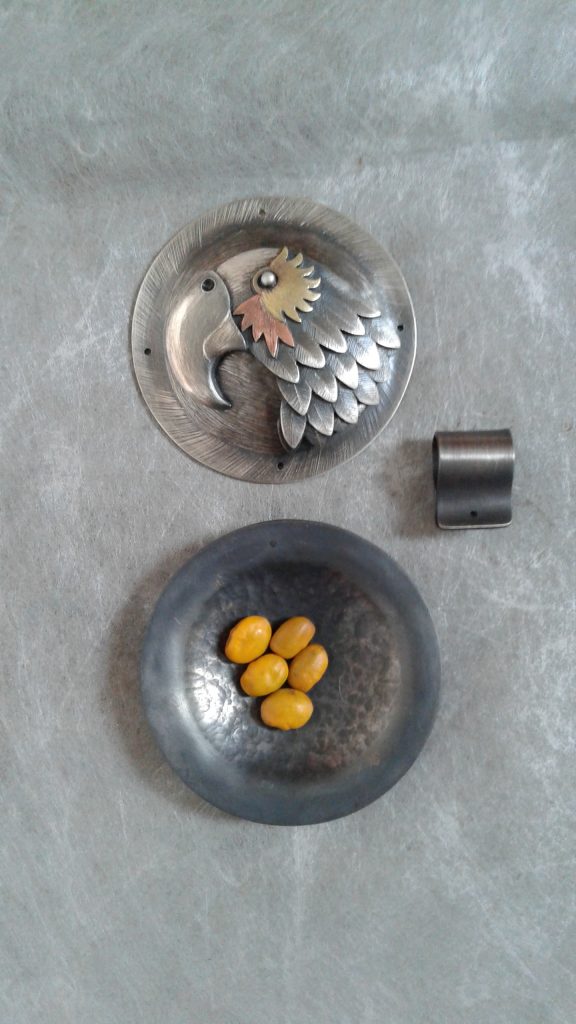

Silver Brooch.
Eyrewell Beetle
Holcaspis Brevicula
Status; extinct
Only ten Eyrewell beetles have ever been found. No more will be found, as their habitat of kanuka and exotic pine trees has been replaced by 14,000 cows, at the behest of Ngai Tahu, in a dairy conversion that happened in 2019. DoC attempted to work with the owners of the land to ensure some protections for the small black carabid beetle, but were ignored. Unfortunately our conservation laws do not extend to private property, unless the endangered flora or fauna at risk is protected under the Wildlife Act.
The Eyrewell beetle was threatened from the outset, when it’s kanuka habitat was destroyed to make way for exotic pine plantations, the eponymous Eyrewell Forest. It survived on to exist in 7000 hectares of pine, but when the pine forest was returned to Ngai Tahu in 2000, the beginning of the beetles’ obituary was written.
Small, black, flightless, and un-charismatic, the beetle had no chance of prevailing when pitted against the prospect of income generated from the sale of milk powder and infant formula, grown off the back of a center pivot irrigation system, fed by the Waimakariri River, in a traditionally dry region of Canterbury.
The Eyrewell beetle was about 1 cm long, shiny black, nocturnal, and couldn’t fly, though it could run, but not fast enough to outrun the shredders that chipped the pine trees up into sawdust so fine any creature larger than a pinhead could not survive. It’s tenacity that ensured survival of it’s earlier habitat destruction could not survive this final blow.